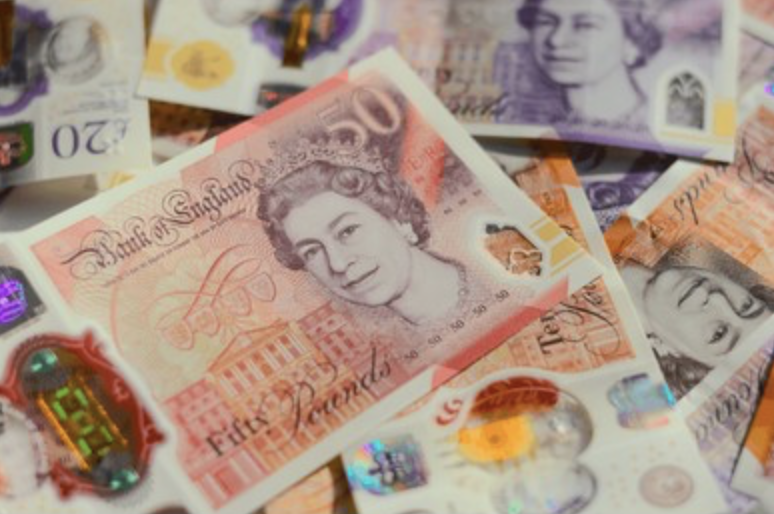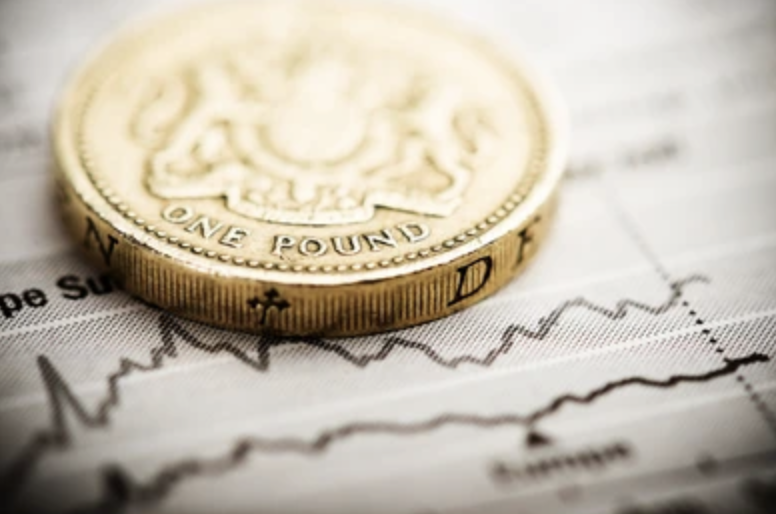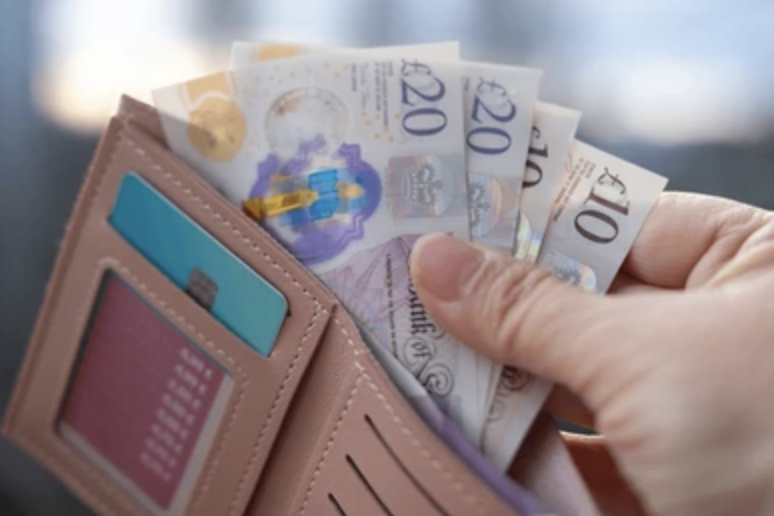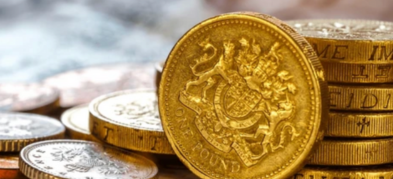Important Information
This website is managed by Ultima Markets’ international entities, and it’s important to emphasise that they are not subject to regulation by the FCA in the UK. Therefore, you must understand that you will not have the FCA’s protection when investing through this website – for example:
- You will not be guaranteed Negative Balance Protection
- You will not be protected by FCA’s leverage restrictions
- You will not have the right to settle disputes via the Financial Ombudsman Service (FOS)
- You will not be protected by Financial Services Compensation Scheme (FSCS)
- Any monies deposited will not be afforded the protection required under the FCA Client Assets Sourcebook. The level of protection for your funds will be determined by the regulations of the relevant local regulator.
Note: Ultima Markets is currently developing a dedicated website for UK clients and expects to onboard UK clients under FCA regulations in 2026.
If you would like to proceed and visit this website, you acknowledge and confirm the following:
- 1.The website is owned by Ultima Markets’ international entities and not by Ultima Markets UK Ltd, which is regulated by the FCA.
- 2.Ultima Markets Limited, or any of the Ultima Markets international entities, are neither based in the UK nor licensed by the FCA.
- 3.You are accessing the website at your own initiative and have not been solicited by Ultima Markets Limited in any way.
- 4.Investing through this website does not grant you the protections provided by the FCA.
- 5.Should you choose to invest through this website or with any of the international Ultima Markets entities, you will be subject to the rules and regulations of the relevant international regulatory authorities, not the FCA.
Ultima Markets wants to make it clear that we are duly licensed and authorised to offer the services and financial derivative products listed on our website. Individuals accessing this website and registering a trading account do so entirely of their own volition and without prior solicitation.
By confirming your decision to proceed with entering the website, you hereby affirm that this decision was solely initiated by you, and no solicitation has been made by any Ultima Markets entity.
I confirm my intention to proceed and enter this website Please direct me to the website operated by Ultima Markets , regulated by the FCA in the United KingdomWhat Is The Oldest Currency in the World?
When we think about currency, we often imagine the modern coins and banknotes that facilitate global trade today. But currency has a rich and complex history that dates back thousands of years. While there are several ancient currencies that have influenced modern finance, the title of the oldest currency still in use today belongs to the British Pound Sterling.

However, there is often confusion surrounding this title, with many believing the shekel holds the record. While the shekel is indeed one of the oldest known forms of money, it is not the oldest currency still in use today. Let’s explore the fascinating journey of the British Pound Sterling and clarify why the shekel, despite its ancient origins, isn’t the oldest currency still in circulation.
The British Pound Sterling: The Oldest Currency Still in Use
The British Pound Sterling is the world’s oldest currency still in use, with its origins dating back to the 8th century. Initially, the pound was a unit of weight, specifically the weight of one pound of silver, which was used in trade across England. This system of using a weight standard for currency allowed for more organized and efficient transactions, facilitating trade.
In the 9th century, King Offa of Mercia, a kingdom in what is now England, introduced the first silver pennies, which became the foundation of the British Pound Sterling. These silver pennies were standardized, providing a more reliable form of currency for trade. Over the centuries, the pound evolved, and with the establishment of the Bank of England in 1694, banknotes began to be issued, marking a shift towards the modern currency system we use today.

The British Pound went on to become the dominant global currency, particularly during the expansion of the British Empire in the 18th and 19th centuries. Today, the Pound remains one of the most widely traded and recognized currencies worldwide.
A Brief History of the British Pound
The British Pound’s journey has been shaped by key historical moments. Here’s a quick look at its development:
- 8th Century: The pound is first used as a unit of weight, representing one pound of silver.
- 9th Century: King Offa of Mercia introduces the silver penny, creating the first standardized coinage in England.
- 12th Century: The Pound becomes more formalized under King Henry II, with coins minted to an even higher standard of silver purity.
- 17th Century: The Bank of England is founded, and paper money is introduced.
- 20th Century: The Pound becomes a global reserve currency, particularly after World War II.
- 21st Century: The Pound remains one of the strongest and most widely used currencies in the world.
Why the Shekel is Sometimes Mistaken as the Oldest Currency
While the British Pound holds the title for the oldest currency still in use today, there is often confusion with the shekel, an ancient currency from Mesopotamia. The shekel has an ancient lineage, with its origins dating back to around 3000 BCE. Initially, the shekel was used as a unit of weight, primarily for trading grain and silver.
Over time, the shekel evolved into a coin made from precious metals, and it was widely used by ancient civilizations like the Sumerians and Babylonians. It even had significant religious and cultural importance in ancient Israel. While the shekel was indeed one of the first forms of currency, it is important to note that the modern shekel used today in Israel is a much more recent introduction, having been re-established in 1980 as the New Shekel (ILS) to replace an earlier version of the currency.
Thus, while the shekel has a long and significant history, it is the British Pound that still holds the title of the oldest currency still in use today.
The Enduring Legacy of the British Pound
The British Pound is not just the oldest currency still in circulation. It is a symbol of the longevity and resilience of a currency that has weathered political upheaval, economic shifts, and changing financial landscapes. The Pound has played a central role in shaping the world’s financial systems, and its history is intertwined with that of the British Empire and the development of global trade.

Today, the British Pound continues to be one of the most widely used and traded currencies in the world. It is a symbol of stability, trust, and economic strength, playing a pivotal role in the global market.
Conclusion
While the shekel may be one of the oldest known forms of currency, it is the British Pound Sterling that claims the title of the oldest currency still in use today. From its early beginnings as a unit of weight to its modern role as a cornerstone of global finance, the British Pound’s resilience and adaptability make it a powerful symbol of currency’s enduring legacy.
As the world continues to evolve, the British Pound will undoubtedly continue to play an important role in global trade and finance—proving that some things, like the value of money, truly stand the test of time.
Disclaimer: This content is provided for informational purposes only and does not constitute, and should not be construed as, financial, investment, or other professional advice. No statement or opinion contained here in should be considered a recommendation by Ultima Markets or the author regarding any specific investment product, strategy, or transaction. Readers are advised not to rely solely on this material when making investment decisions and should seek independent advice where appropriate.












